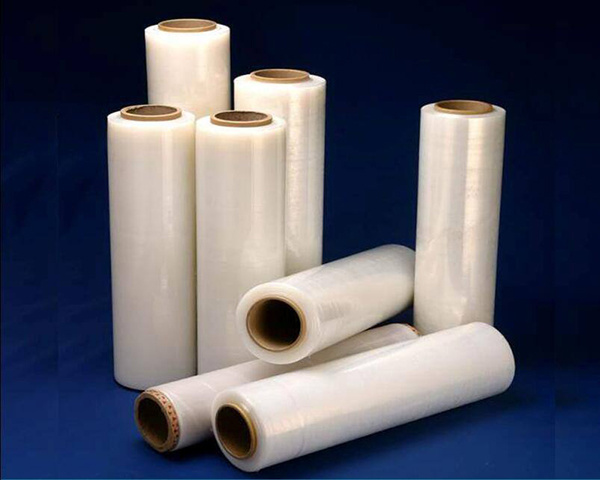Which is better between PE separator and PET separator?
Release time:
2021-04-06
The PE separator is a microporous and porous film, mainly made of PE, which is placed between the positive and negative electrodes inside the cell. Main function: isolate the positive and negative plates, prevent the short circuit of the cathode and anode inside the battery, allow ions to pass through, and have the function of maintaining the electrolyte. In fact, in addition to pp and PE isolation films, there is also a type of PET isolation film. So, which is better between PE isolation film and PET isolation film?

PE is a macromolecular organic compound with a simple structure, which is widely used in the world today as a macromolecular material. PE isolation film is based on special polyethylene plastic film, which is divided into high-density polyethylene protective film, medium-density polyethylene and low-density polyethylene according to different densities. PET release film manufacturers remind that the advantage of PE release film is that the protected product will not be polluted, corroded, scratched during production, processing, transportation, storage and use, and protect the original smooth and shiny surface, thereby improving the product's quality. quality and market competitiveness.
PET isolation film, also known as film high temperature resistant polyester film. It has excellent physical properties, chemical properties and dimensional stability, transparency, recyclability, and can be widely used in magnetic recording, photosensitive materials, electronics, electrical insulation, industrial films, packaging decoration and other fields.
Nantong Sunlight Plastic Products Co., Ltd. is a comprehensive plastic processing professional enterprise integrating R&D, production and sales invested by Hong Kong Sunlight Plastic International Co., Ltd. Specializing in the production of tire isolation film, machine-pulled stretch film, PE isolation film, hand stretch film, coated paper labels, pearl cotton bags, pearl cotton boxes, pearl cotton, thermal paper labels, PE cling film, plastic bags, plastic films, PE stretch film, PE heat shrinkable film, anti-static plastic bags and other products. At the same time, it also produces LDPE and HDPE cylinders and PE bags of various specifications. The product specifications are various, with a width of 500mm~2300mm and a thickness of 0.006~0.25mm. It can be produced. It is required to customize various special-shaped bags to meet the various needs of users.
Summary of relevant knowledge of PE heat shrinkable film
1. Protection: This product can be applied to the surface of various products to effectively protect the product from being soiled and scratched during storage, transportation and processing. This product is suitable for various aluminum alloy products, stainless steel products, plexiglass products, furniture, paint panels, mirror panels, alloy panels, various decorative panels, various building panels, etc.
What is the maintenance method of the production process of PE heat shrinkable film?
PE heat shrinkable film is a common material on the market, and it is available in all walks of life. Regardless of the type of protective film, it must be protected for performance and quality. If the PE heat shrinkable film is not properly maintained, it will damage the surface and affect normal use. Of course, please pay attention to the maintenance method when using it, and avoid contact with strong alkali solution, otherwise it will easily destroy the components on the surface of the PE heat shrinkable film.
What is the PE heat shrinkable film? What is the use?
The production of PE heat shrinkable film generally adopts extrusion blow molding or extrusion softening method to produce thick film, and then stretches longitudinally and transversely at a high elastic state temperature above the softening temperature and below the melting temperature, or stretches only in one direction without stretching in the other direction. The former is called biaxially stretched shrink film, and the latter is called unidirectional shrinkage film. When in use, when the temperature is higher than or close to the stretching temperature, the goods are packed with reliable shrinking force.
